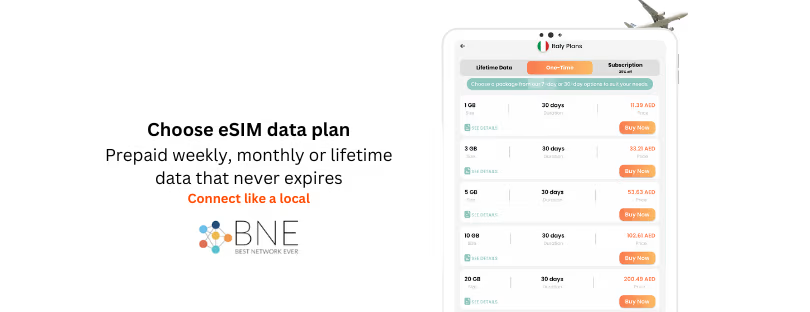
Altice Portugal to extend 5G network to all Azores islands
All the nine islands of the Azores Archipelago are volcanic origin and are located in the North Atlantic, scattered along a 600 km stretch of ocean from Santa Maria to Corvo, approximately between 37° and 40° north latitude and 25° and 31° west longitude. According to 2011 data, 246,772 people live in this island territory that covers 2,325 sq.km, distancing 1,600 km from mainland Europe (Portugal) and 2,454 km from the North American continent (Canada). azores 5g
According to a Altice press release, the city of Ponta Delgada, on the island of São Miguel, “has had access to the fifth generation of mobile internet since January 1st, with a free trial period running until March 31st”.
The company reveals that, during the first half of 2022, the modernisation of the MEO networks in the Azores is taking place, “with the aim of strengthening the coverage and quality of the services provided to the Azoreans”.
5G do @MEOpt em todas as ilhas do arquipélago dos Açores durante este ano.
Para promover um país a uma só velocidade e a tecnologia como um meio ao serviço de todos os portugueses, a @altice_portugal tem como prioridade o reforço da cobertura na Região Autónoma dos Açores.#5G pic.twitter.com/hqRY7dJCjg— @altice_portugal (@altice_portugal) February 23, 2022
According to Altice, the fiber optic network will reach “a value of over 97% of population coverage and the 4G mobile network is at 97.33%, with 20 new mobile stations planned”.
“These infrastructures allow access to high-speed communications and are essential for the gradual adoption of 5G and to take advantage of new opportunities”, according to the operator.
Altice presents itself as the operator that, “historically, has invested the most in the Azores, in a clear commitment to the region in the areas of innovation, infrastructure and social responsibility”. azores 5g
The islands of the archipelago are divided in three geographical groups: the Eastern Group, comprising Santa Maria and São Miguel, the Central Group, including Terceira, Graciosa, São Jorge, Pico and Faial, and the Western Group, composed by Corvo and Flores. The Azores, along with the archipelagos of Madeira, Canary Islands and Cape Verde, constitute the biogeographic region of Macaronesia, a name which means “fortunate islands” for those who live there and visit them.
“5G is rolling out around the world and promises to provide seamless connectivity to support diverse innovations such as smart homes, driverless cars, industrial automation, 3D films and augmented reality. 5G will enable billions of Internet of Things (IoT) devices to be deployed and a vast number of new applications to be conceived. These innovations have the potential to improve people’s lives, for example, by facilitating remote surgery or enabling a blind skier to ski without human assistance. 5G is not just faster mobile networks and it is not just a matter for telecom operators. As connectivity becomes increasingly fluid and flexible, 5G will change the types of service and business models that are possible in unpredictable ways; much in the same way as the sharing economy and apps have changed the way we interact with organisations, government and each other. The volume and granularity of traffic and location data generated during 5G communications will increase, organisations will be able to customise their virtual network requirements for specific use cases and an explosion of novel data-driven applications that leverage 5G could lead to a greater volume and variety of personal data usage. While the current rules and guidance are sufficiently flexible, a more nuanced understanding of how 5G works will help anticipate and evaluate the range of circumstances that could influence risk. As new business models and uses of personal data begin to emerge, this paper explains some of the relevant features of 5G to help industry, authorities and consumer groups to explore the data privacy aspects of the evolving 5G landscape.” GSMA reports. azores 5g










